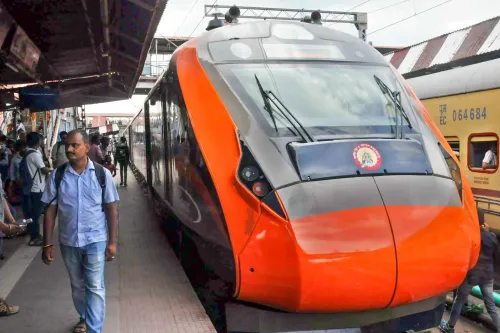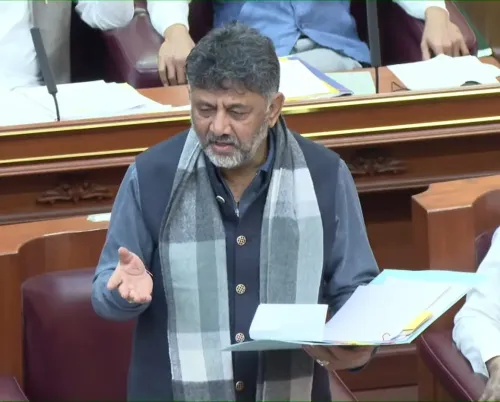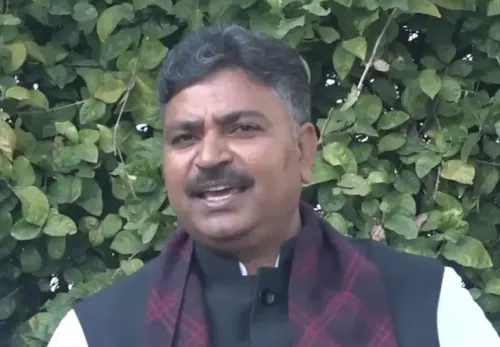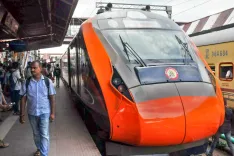Will Car Dealers Experience Revenue Growth Due to Increased Sales in 2025-26?
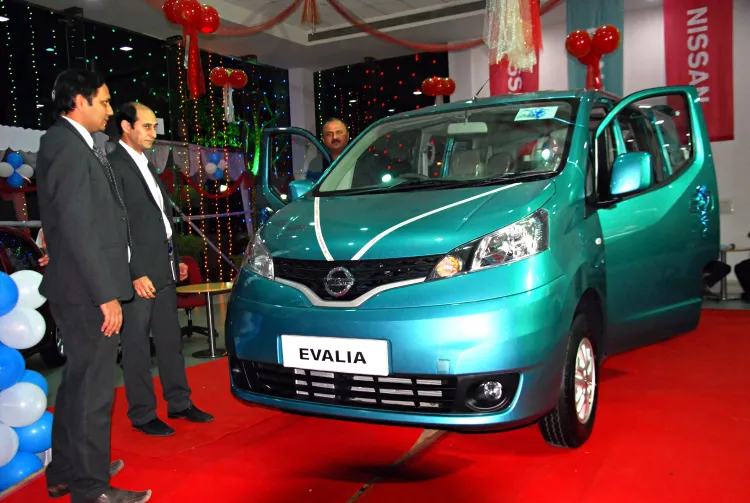
Synopsis
Key Takeaways
- The Passenger Vehicle dealership industry is set for a revenue boost of 100 BPS.
- Urban incomes and rural expectations are key drivers of this growth.
- Dealers will benefit from reduced promotional expenses.
- Inventory correction is anticipated, though levels will remain elevated.
- High-margin segments will contribute significantly to total revenues.
New Delhi, May 15 (NationPress) The domestic Passenger Vehicle (PV) dealership sector is projected to witness a revenue increase of approximately 100 Basis Points (BPS) in the current fiscal year, driven by a resurgence in sales volume, despite realisations remaining stable, as per a report from Crisil Ratings published on Thursday.
Crisil Ratings director Himank Sharma stated, “The rise in urban disposable incomes, aided by revised tax brackets, interest rate reductions, and manageable inflation, along with the sustained preference for SUVs, will boost urban demand for PVs.”
“In rural areas, the sales of compact cars may see an increase due to expectations of a normal monsoon and enhanced agricultural income influenced by higher Minimum Support Prices. As a result, we anticipate the industry to expand by 7-9 percent this fiscal year,” he added.
The uptick in volume will provide benefits to dealers in two significant ways. Firstly, ancillary income will increase while promotional expenses and discounts will decrease, enhancing operating profitability to 3.2-3.4 percent after a decline of 30-35 BPS last fiscal.
Secondly, the elevated inventory levels from the previous fiscal will stabilize. Furthermore, with no substantial capital expenditure anticipated for showroom expansion, debt levels will decrease, the report indicates.
The Crisil Ratings analysis of 110 PV dealers suggests that their credit profiles will remain stable after a moderation last fiscal.
Volume growth is projected at 4-6 percent this fiscal, with realisations expected to increase by 3-4 percent driven by price hikes from Original Equipment Manufacturers (OEMs) and a continuing preference for SUVs.
As a result, dealers are likely to experience high single-digit revenue growth, with both urban areas (accounting for two-thirds of annual demand) and rural regions progressing simultaneously.
Increased volumes will also boost ancillary revenues from the sales of motor insurance and accessories. Additionally, services and spare parts revenue will benefit from the robust PV sales recorded from fiscal years 2022 to 2024. All these are relatively higher-margin segments that will collectively contribute 11-13 percent of total revenues, compared to around 10 percent or less in previous fiscal years.
With enhanced revenue visibility and an emphasis on high-margin operations, discounts and promotions will likely be confined to non-peak seasons instead of the year-round practice observed last fiscal. This reduction in promotional expenses should provide a 15-20 BPS boost to operating profit margins, reaching 3.2-3.4 percent this fiscal.
Dealers saw their inventory levels rise to 50-55 days last fiscal from the typical 30-35 days as retail sales slowed and OEMs increased stock to meet sales targets.
This fiscal, while improved demand will lead to an inventory correction of 5-10 days, it will still remain above the average levels observed prior to fiscal 2024, the report concluded.


